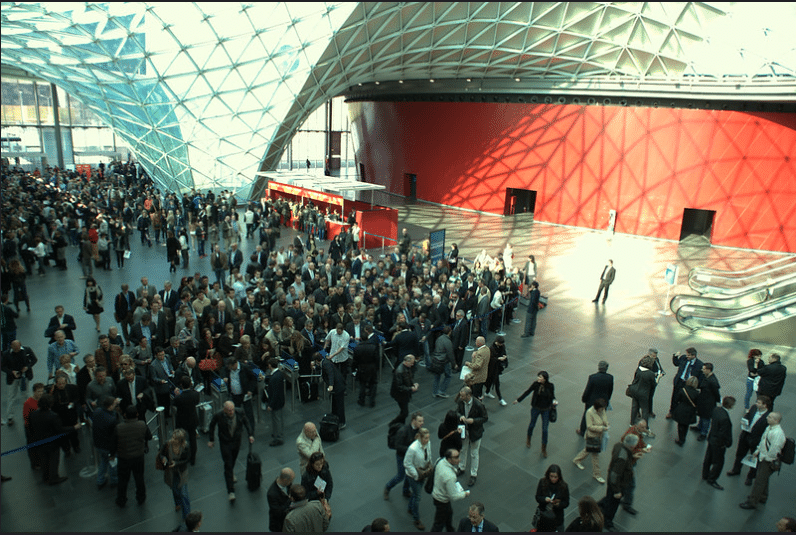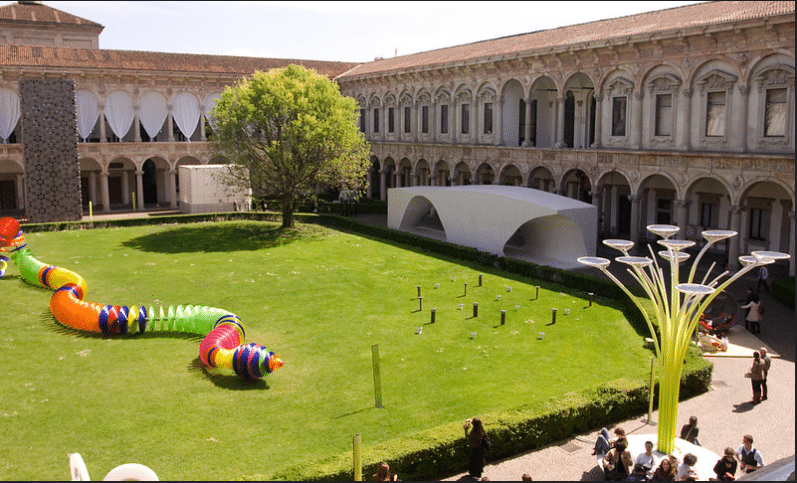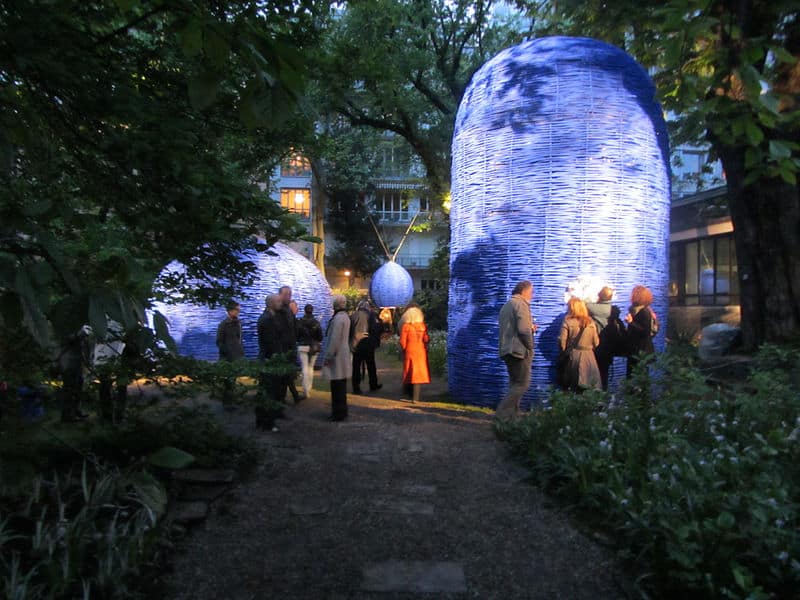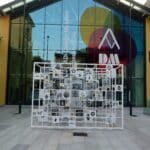Il Salone Internazionale del Mobile e il Fuori Salone
The Salone Internazionale del Mobile (Milan furniture fair) and the Fuori Salone are two appointments awaited not only by the city of Milan, but by the entire design world, from enthusiasts to industry insiders.
Coinciding with the Design Week in the Lombard chief town, the two events have the merit of acting as a showcase for innovations and icons in the field of interior design, while also offering an interesting and evocative corollary of cultural events, such as installations or in-depth studies on specific themes.
The Salone will be held this year from 16 to 21 April, in the halls of Fiera Milano Rho, and is now in its 62nd edition.
The first was held, as the Salone del Mobile, in 1961, at the Milan Fairgrounds and 328 companies took part, boasting more than 12,000 visitors, several of them foreigners.

As the number of participants and awards grew over the following years, the international character of the event was confirmed and it took on its current nomenclature of Salone Internazionale del Mobile (International Furniture Fair). In 1994, it was acknowledged as the world’s leading trade fair compared to other exhibitions in the sector, first and foremost its main competitor from the outset: Koelnmesse in Cologne.
Reading through the list of exhibitors who will be attending the fair in April 2024, the great diversity of the
exhibitors and their provenance is immediately apparent, all distinguished by the innovation and high quality of the products on offer.
One of the most eagerly awaited installations is ‘Interiors by David Lynch. A Thinking Room”, “rooms of thought” that symbolically act as portals of access to the fair (for more, read the interview with curator Antonio Monda).

Of more recent date is the Fuori Salone, not a trade fair under the direction of an organising body, but a spontaneous event, born of the will of different realities. In conjunction with the Salone, as early as the 1980s, some companies operating in the furniture and design sector began to organise themselves independently, proposing events or particular exhibitions in their showrooms, scattered around the city. In 1991 it became a real official event, thanks to the initiative of the magazine Interni, which took care of communication and promotion, creating the logo and printing the first guide to the various events pertaining to the event.
Born therefore spontaneously, on the initiative of individual realities, over the years it has been increasingly successful, also being recognised internationally and seeing an increasing number of participating realities, aware of the importance of the prestigious showcase. As can be guessed, there is no precise venue, but the Fuori Salone takes place throughout the city, although naturally some places, the districts, have been created, which are central to the initiatives, due to their location, the greater presence of sector realities and because they are catalysers of cultural events.

It is interesting to point out how even institutional realities such as the University of Milan, in its headquarters in Via Festa del Perdono, welcomes this type of event, hosting for years now in its cloisters, stands and installations pertaining to the Fuori Salone.
This year’s Fuori Salone once again confirms itself as a highly participative initiative, with more than 800 initiatives dotting the Milanese city, boasting many of the most important and influential brands and designers on the international scene.
Great excitement is expected during the Milan Design Week, during which visitors are invited to participate not only with their presence, but also by expressing their preference for the most memorable events.
The FuoriSalone Award, aimed as much at installations as at projects and activities of relevance; but also the institution of five special prizes, conferred by the joint judgement of a Technical Committee and the editorial staff of fuorisalone.it, dedicated to projects of relevance and distinguished for Interaction, Sustainability, Technology, Communication and the new entry decreed by the Media Partners.
More and more attention is therefore paid to innovations that are not only aesthetic, but also technological, with a view to the sustainability and usability of the proposals themselves.




